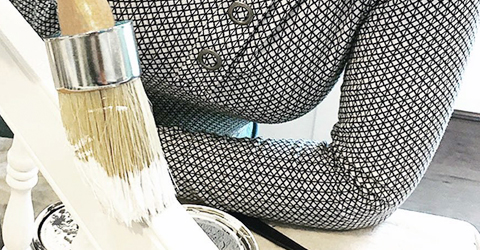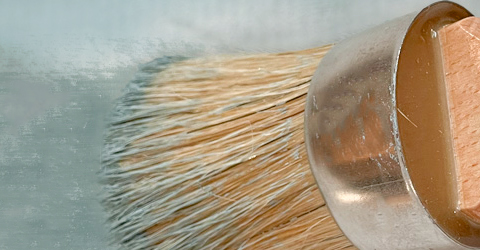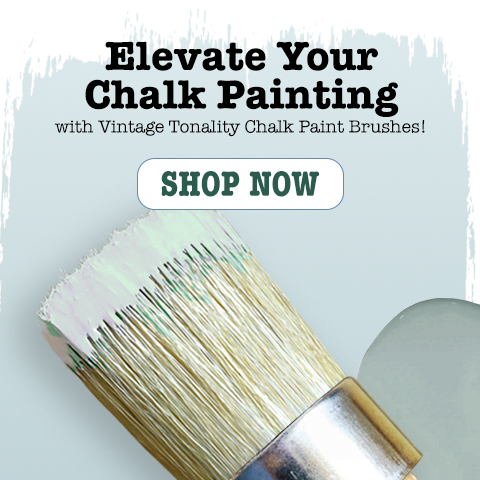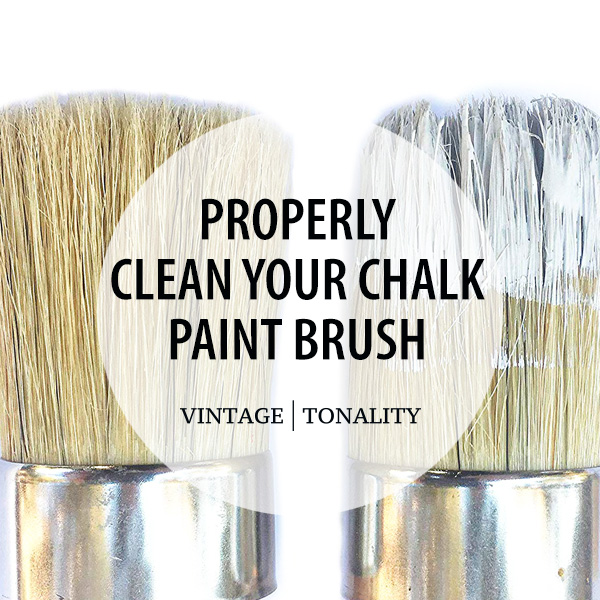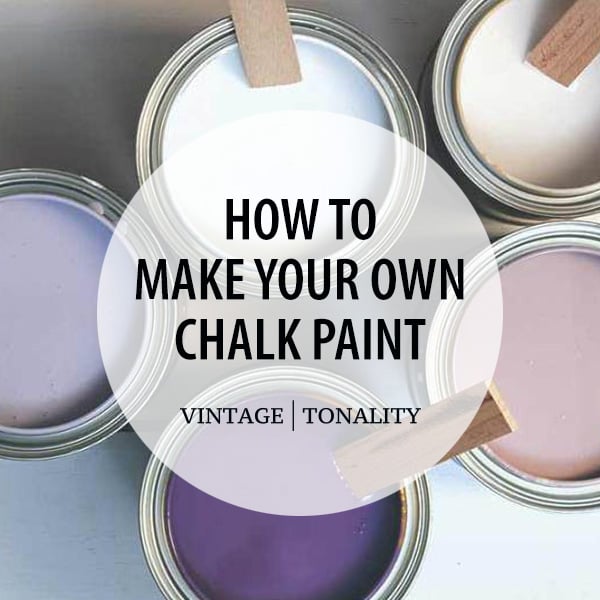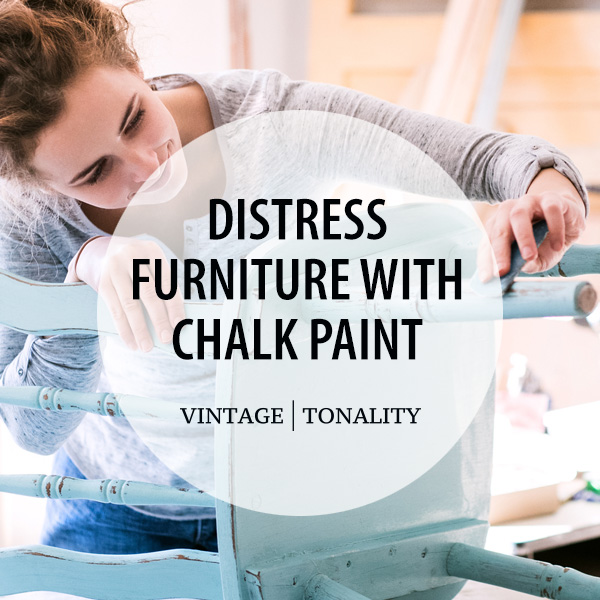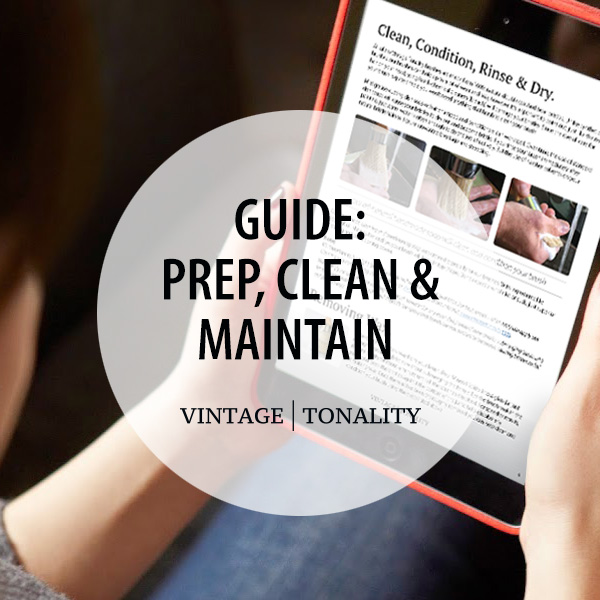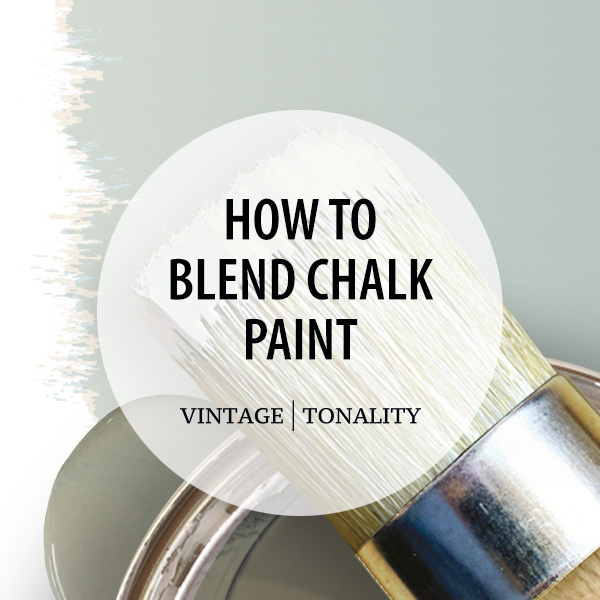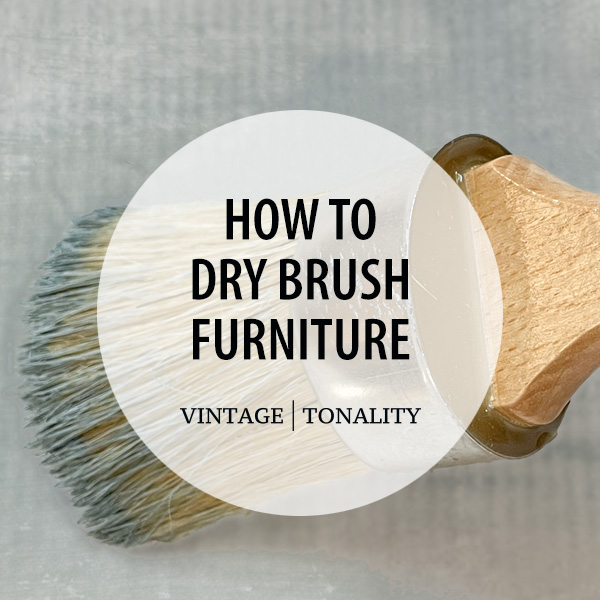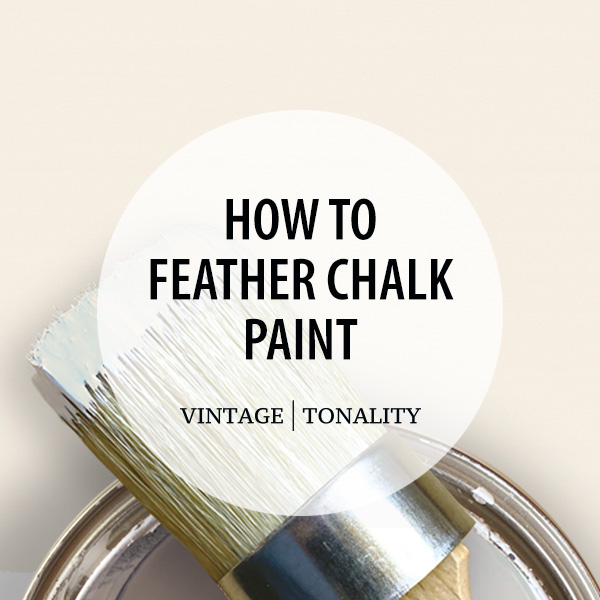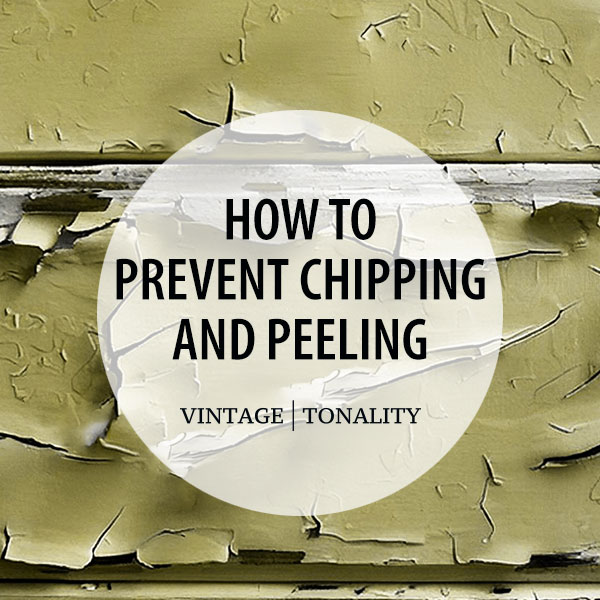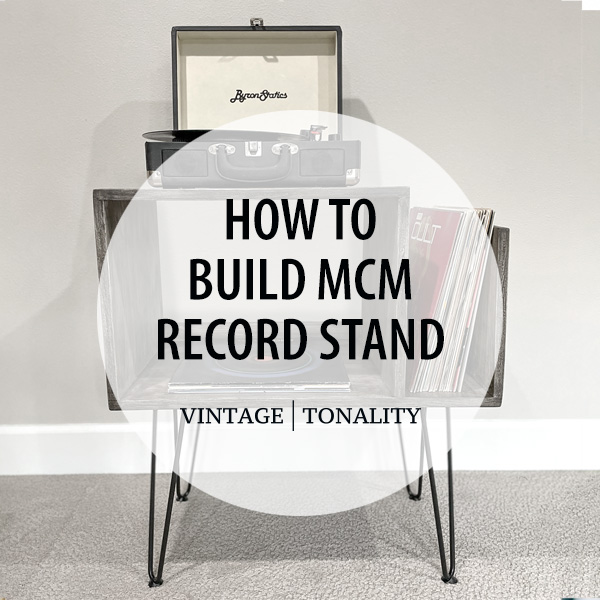Mastering Feathering Chalk Paint for a Smooth & Artistic Finish
Understanding how to feather chalk paint is an essential skill for anyone starting out in furniture restoration. In this article, we'll break down the core techniques in straightforward terms. You'll learn basics to achieve a smooth finish and seamlessly blend colors. It takes a little practice and patiences, but will serve as a solid foundation for your future projects and open up a world of creative possibilities.
Understanding how to feather chalk paint is an essential skill for anyone starting out in furniture restoration. In this article, we'll break down the core techniques in straightforward terms. You'll learn basics to achieve a smooth finish and seamlessly blend colors. It takes a little practice and patiences, but will serve as a solid foundation for your future projects and open up a world of creative possibilities.
Materials needed:
Discovering: The Magic of Feathering
Feathering, akin to the delicate edges of feathers, is a painting technique that creates seamless transitions between colors and also serves as a powerful tool for achieving a remarkably smooth finish on your furniture pieces.
Crafting: A Smooth Surface Finish
Feathering is a beginner-friendly technique that makes painting a breeze. It's all about achieving a surface so smooth, you won't believe you did it yourself. Light strokes and a gentle touch are the keys. Say goodbye to visible brush marks and hello to a velvety finish. Check out our article: How To Get a Smooth Finish with Chalk Paint

Blending: Made Easy
Ever wondered how artists seamlessly blend colors? With feathering, you're the artist. This technique lets you mix colors effortlessly. With a bit of practice, you'll create transitions between hues that flow like a gentle river. It's beginner-friendly, yet it gives your piece that polished, professional look.

The Brush: Your Trusty Companion
Selecting the right brush is akin to choosing a partner for a dance. Opt for natural bristle brushes, like those from our Vintage Tonality collection. These brushes hold and distribute chalk paint with finesse, ensuring a graceful feathering process. Check out our article: Benefits of Using a Natural Boar Hair Chalk Paint Brush

Setting the Stage: Surface Preparation
Begin with a clean, dry surface that's been properly primed. This provides the ideal canvas for your artistic endeavors and guarantees a professional-grade finish. Consider employing a high-quality primer compatible with chalk paint for optimal results. Check out our article: Pros and Cons of Priming Before Chalk Painting Furniture

Harmonizing: Colors and Tonal Hues
Feathering is a dance of hues. Select two or more complementary colors to bring your vision to life. The base color sets the stage, while a contrasting shade adds depth and character. Allow your creativity to soar as you experiment with various combinations.

The Art of Application
Apply Light Pressure With very light pressure and your brush angled up (not straight up and down), lightly brush over the paint, smoothing out any heavy strokes. This mimics the natural wear and tear that adds character over time.
Watch Demo
Harmonious Blend Using a clean, dry brush, blend the contrasting color into the base. This delicate touch softens the edges, resulting in a natural, feathered effect that evokes timeless elegance. Watch Tutorial
TIP: Be mindful not to overload your brush with excessive paint or apply too much pressure, as this may result in visible brush strokes.
Preserving: Your Masterpiece
Allow the paint to dry thoroughly, then crown your creation with a high-quality chalk paint sealer. This not only safeguards your masterpiece but also enhances its endurance, ensuring it graces your space for years to come. Watch Tutorial

Nurturing: Your Brushes
Treat your brushes with care, and they'll reciprocate with stunning results. Follow our 5-step guide to minimize bristle shedding and keep your brushes in prime condition. Watch Tutorial

Conclusion: Your Canvas Awaits
Feathering chalk paint is an invitation to infuse your creations with a touch of timeless beauty. With the right brushes, techniques, and a sprinkle of creativity, you'll craft pieces that not only captivate the eye but also beckon to be touched. So, take up the brush and let your imagination take flight.
Cheers & Happy Painting!

More: Articles + Guides
How To Chalk Paint Furniture Transform your furniture into beautiful vintage-inspired pieces with this step-by-step guide on how to chalk paint furniture.
How To Distress Furniture In this comprehensive guide, we'll walk you through the process of distressing furniture with chalk paint, from start to finish.
Priming Before Chalk Painting Understanding the pros and cons of priming before chalk painting furniture and understanding bleed-through solutions.
White Wash With Chalk Paint Whitewashing with chalk paint is a great way to create a fresh, rustic look that will make your furniture piece stand out.
Dry Brush With Chalk Paint A technique used with chalk paint to create a beautiful, textured finish that gives furniture and decorative items an aged, vintage look.
© 2015 - 2024
Vintage | Tonality® - All rights reserved. Any unauthorized use, such as distributing, copying, modifying, or reprinting, is not permitted.
Site content protected by: Digital Millennium Copyright Act








